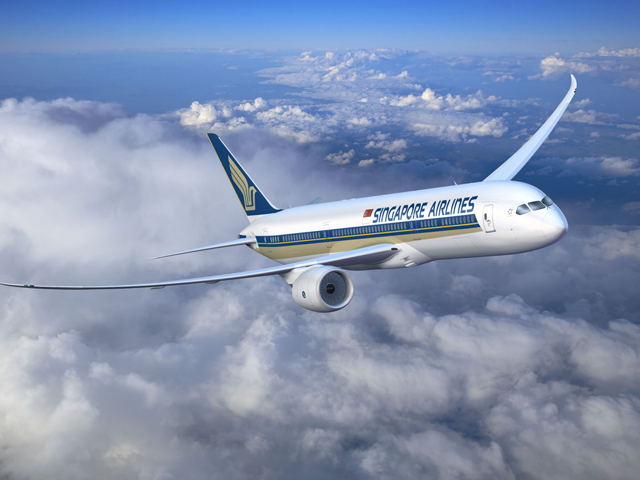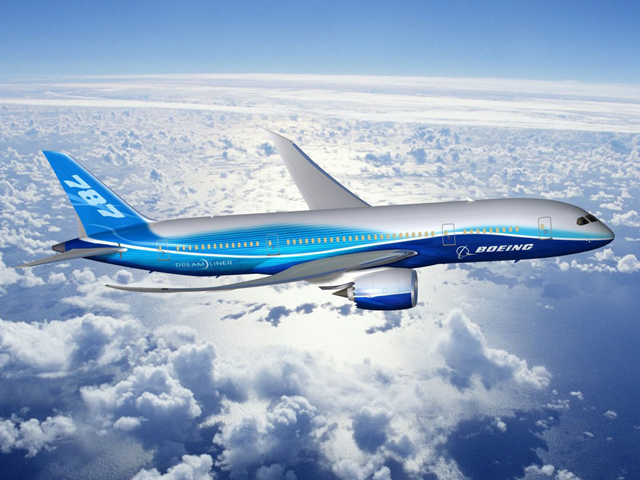High-speed rail route reverse in limbo
Efforts to link the Bay Area and the Central Valley by high-speed rail pull onto a technical siding Thursday as the High Speed Rail Authority rescinded its support of an environmental study for that part of the bullet train. The common rescission of the 2008 approval, which recognized the Pacheco Pass as the preferred route, was in response to an August court ruling that the environmental document was partially inadequate. Parts of it will need to be redone.
But how long it will take to fix the study, and move forward with the choice of a position between San Jose and Merced, is a matter of controversy. Rail right officials say it should take a few months - at most. But an attorney representing an environmental group, which attached with Atherton and Menlo Park in filing the suit, says the study shouldn't be rushed.
"It's very clear to us that you need to appreciate that there may be environmental impacts, impacts on habitat and enlargement impacts that could be avoid if you did things differently," said Gary Patton, special counsel for the preparation and protection League, which connected in filing the suit.
Patton likely it could take as long as a year to reconsider the study properly; and any rushed study, he said, would possible lead the sides back to court. The groups concerned in the lawsuit objected to the authority's selection of Pacheco Pass over Altamont Pass as the gateway to the Bay Area, and still consider it a superior choice, Patton said outside the meeting. He said the groups want the authority to completely reconsider their choice, which could steer them toward Altamont.
Quentin Kopp, a retired San Mateo County judge who sits on the power board, said the court ruling was a narrow choice that upheld the adequacy of most of the environmental study but said more work is needed in two areas. He said he expected that work to be done within 70 days.
The ruling, by Sacramento County Superior Court Judge Michael Kenny, establish that the environmental impact report did not adequately consider the segment between San Jose and Gilroy in light of the Union Pacific Railroad's stated resistance to sharing its right of way and did not sufficiently study the effects of vibration that would be caused by the fast trains.
Kenny determined in October that the authority did not need to halt planning work on the section while the environmental study was being redone. Consultant working for the authority are studying specific alignments for the rail route.





 12:44 AM
12:44 AM
 Charles dickens
,
Charles dickens
,












































